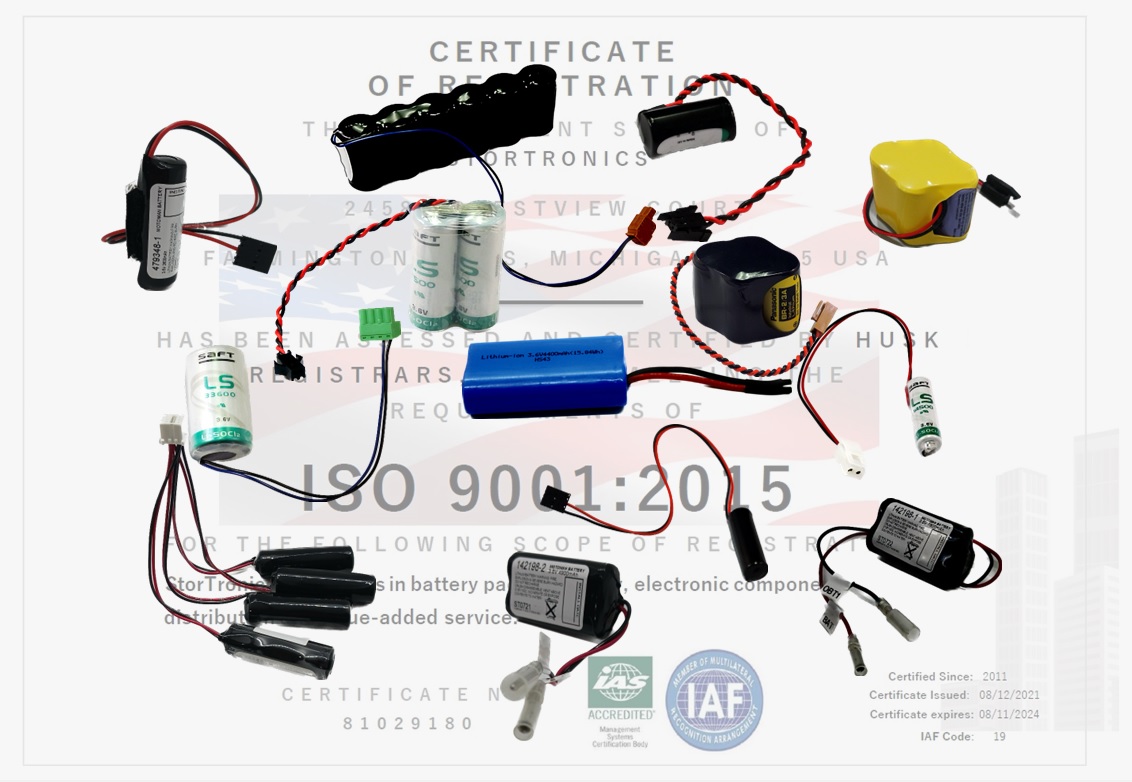Custom Batteries, OEM Battery Packs: Benefits and Processes
StorTronicsThe Power Source Professionals
|
||
 |
||
 |
In today's world, there is a growing need for batteries to power various devices, from small portable electronics to large industrial equipment. However, not all applications are the same, and sometimes, off-the-shelf batteries do not meet the specific requirements of a particular device or application. This is when a custom battery assembly is essential. Custom battery assemblies are tailored power solutions designed to meet the unique power needs of an application. These assemblies are made up of individual battery cells that are configured and connected to meet the specific voltage, current, and capacity requirements of a device or system. There are several benefits of using custom battery assemblies. One of the primary advantages is the ability to optimize the power supply for a specific application. This means that the battery can be designed to provide the required voltage, current, and capacity, ensuring that the device operates at optimal performance. Custom battery assemblies can also provide cost savings over off-the-shelf batteries. By designing the battery to meet the exact requirements of the application, excess capacity or voltage can be eliminated, reducing the overall cost of the battery. |
 |
